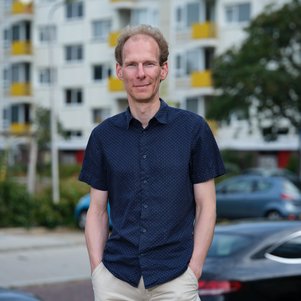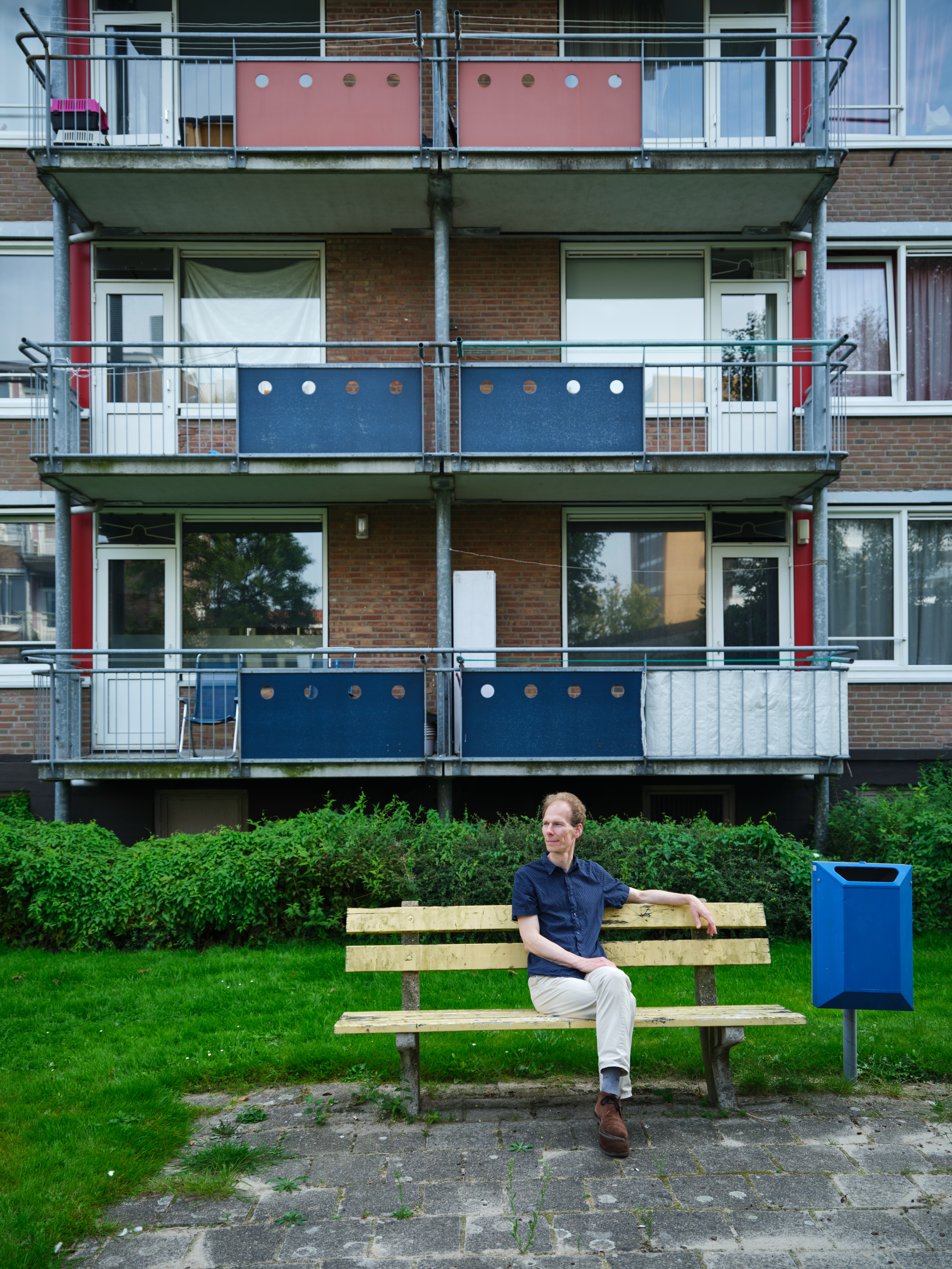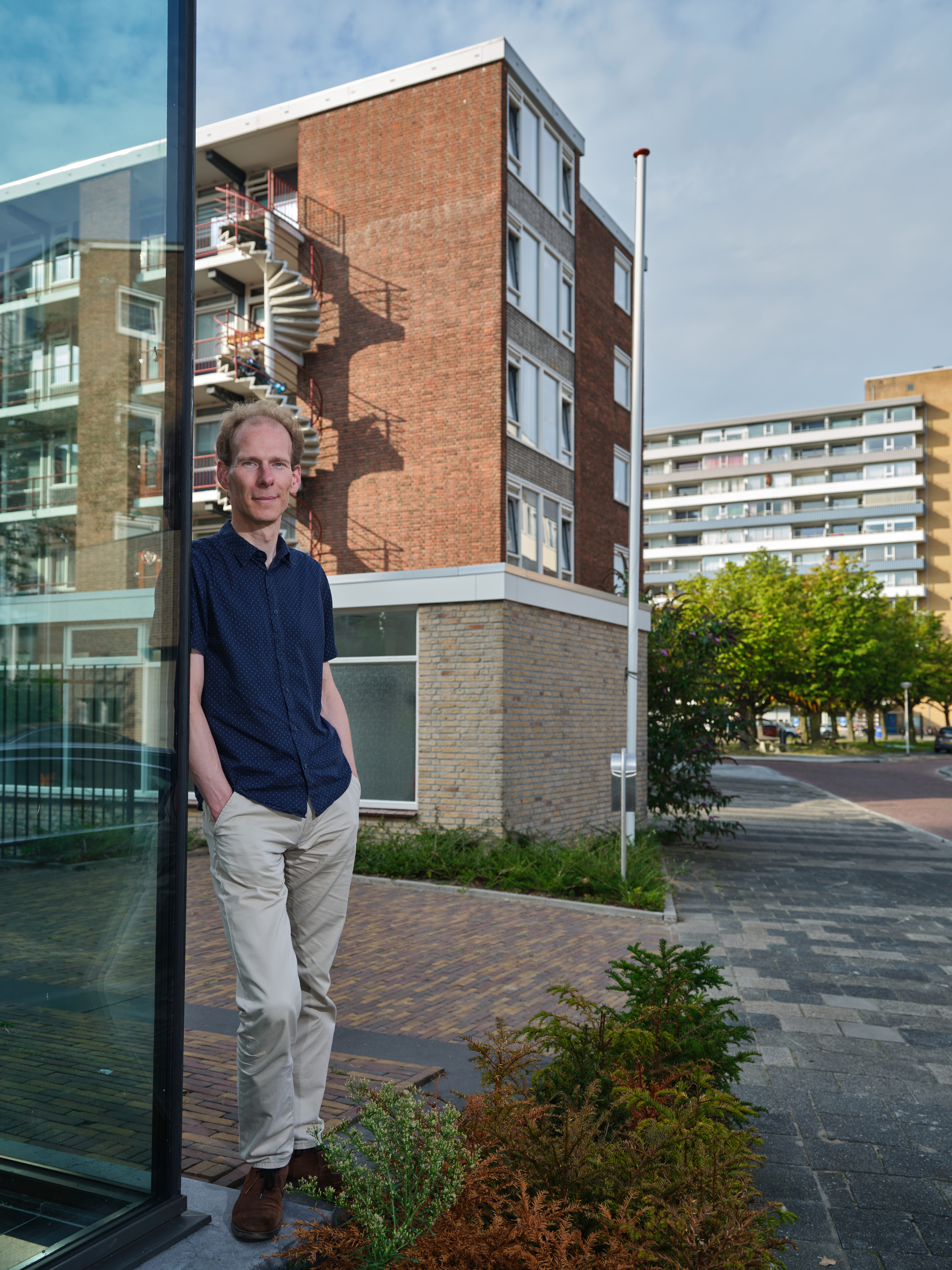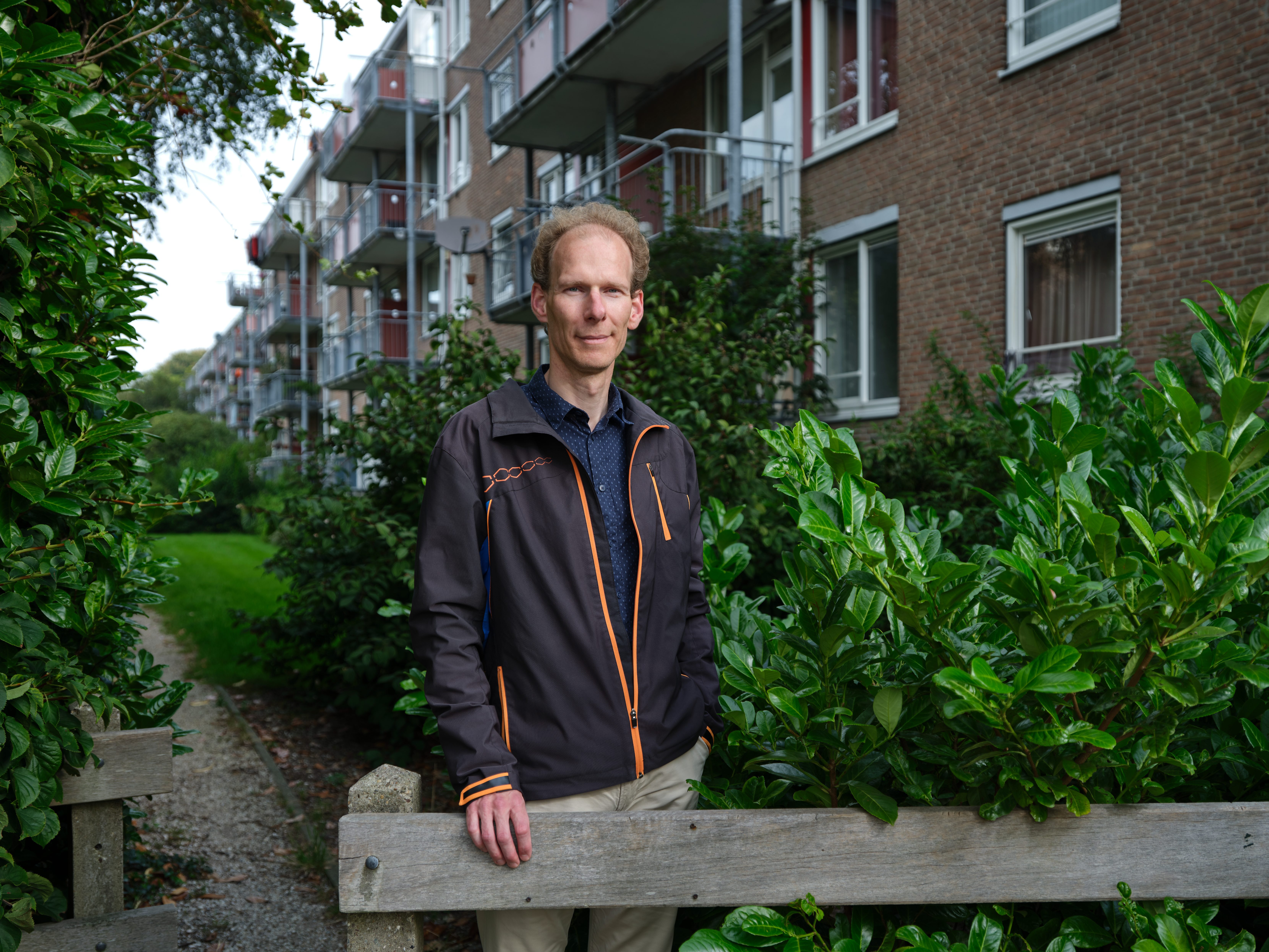TU Delft has a mission to train socially engaged engineers. But how do you do that? Education Fellow, Reinout Kleinhans, gets students to work with social partners and residents on neighbourhood issues. This is known as community engagement. It strengthens the connection between the university and society and gives students an important foretaste of situations they may have to deal with in their future work.
Community engagement is about involving local communities in teaching and research. “We want to bring students into contact with people outside the university – residents, business owners, civil servants – in a positive way for all parties. It has to be instructive for students, but it also has to benefit the others involved,” explains Associate Professor of Urban Regeneration Reinout Kleinhans. It usually starts as a joint effort with the municipality to formulate research questions for students to tackle. “Students first try to learn more about the issue, but also to translate it into a design. That might be a spatial design, such as redesigning a park, but it might also involve designing strategies for welfare work or developing initiatives such as neighbourhood watch.”
The Kuyperwijk in Delft is one of the neighbourhoods Kleinhans’ students have been looking at in recent years. It is not a problem district, but a survey in 2018 revealed that residents felt unsafe more often, felt that nuisance was increasing and that there was more rubbish on the streets. “The community police officer and welfare workers also reported that things weren’t going as well as before. The municipality wanted to get a better idea of what was going on,” Kleinhans explains. That is why his students did extensive fieldwork there two years ago. “They gather information in all sorts of ways. They observe, conduct street interviews with residents at shopping centres or schools, talk to the community police officer, housing corporations and welfare organisations and analyse existing data.”
Meeting place
The fieldwork confirmed the perception from the survey: “Things were not bad across the board, but there was domestic hardship, such as poverty and loneliness, and little connection between different groups of residents.” Having a better understanding of the problems is valuable for the municipality, but it does not stop there for the students; they designed possible solutions. “They looked at alternative ways of designing the neighbourhood’s central shopping square, for example. If you make public space nicer and more attractive, it invites people to stay there longer and it could possibly become a meeting place.”
Lucas van Berkum is one of the students who worked on the Kuyperwijk project. After completing a Bachelor's degree in History in Leiden, he is now taking the Master's degree programme in Governance of Migration and Diversity, a combined Master's programme offered by Leiden University, TU Delft and Erasmus University. “I knew the Kuyperwijk from when I was young; I lived close by and cycled through it on my way to school. As a child, I never felt it had a bad image,” he says. “But residents no longer felt at home there because the social distance was too great. Their perception was that Delft was forging ahead and their neighbourhood was being left behind. Initiatives such as a community centre never got off the ground. That created frustration.” Because the coronavirus crisis prevented Lucas and his fellow students from going into the neighbourhood, they took their predecessors’ reports from the previous year as their starting point. Kleinhans: “Their assignment was to take the previous year’s ideas a step further. For example, if you actually start implementing something, how do you arrange its management?”
Lucas set to work with a proposal for a community garden. “It is a good way of connecting people and reducing social segregation. My contribution was to get residents to grow plants for different seasons. Because if there is variety, people will keep coming back and that increases the chance of the initiative surviving,” he explains. He wants to make that chance even greater by getting volunteers from the community centre to form the organisation. Ultimately, residents will hopefully become proud of their neighbourhood again, although he reckons that could take some time. “Changing neighbourhoods doesn’t happen in a matter of a few years. It takes generations and investments have to be for the long term. Making large-scale changes takes time,” says Lucas.
The learning process comes first
That his students are devising concrete solutions is not Kleinhans’ most important consideration. “The municipality has its own planning and development cycle for areas like this, so what we are doing doesn’t automatically lead to interventions, even though it’s great when something is done with the proposals.” The students’ learning process is what comes first. “Even though they can’t solve the problems, I want them to think about what they could do and what they would need for that to happen. They have learned that they have to empathise with the users to get things done, but they are not actually trained in how to do that. Community engagement makes them aware that their designs are much improved when they really get to know their target group. They then discover that their assumptions are usually not correct. It’s great to see the penny drop. You see students getting wildly enthusiastic. Those are the times I really enjoy being a lecturer.”
Foretaste
A multidisciplinary context, such as the Master’s specialisation Lucas is doing, moreover means that students learn a lot from each other. Kleinhans: “Students from different backgrounds – architecture, sociology, public administration, the history of migration and development studies – exchange points of view and become aware of each other’s different perspectives. This broadens their view of the problem. They subsequently have to achieve results in a short time in a team of people with different backgrounds and knowledge levels. They start off being nervous, but by the end they’re enthusiastic. And it’s a good foretaste of what they’ll encounter later in their professional careers.”
Although the students’ contribution does not directly influence the municipality's policy, it often does serve as an inspiration. “Fresh eyes are their greatest asset; they are not yet hindered by administrative squabbling. Professionals like to see this, as is obvious when the students present their end results.” Lucas views it that way too: “We have had less to do with policy and are not yet bound by the same procedures many employees are. And as young people, we are already concentrated on making connections, focusing on the social aspects.”
The situation last year meant that little came of sharing the results with stakeholders. Neither could the idea of reciprocity, of giving something back to the neighbourhood, be given substance in any compelling fashion. The students designed a vegetable garden and a small fitness park on temporary wasteland in the Kuyperwijk. “Normally, we would develop it further as part of a different course or as volunteer work with students and residents, but due to the coronavirus crisis this didn't happen.” That is a pity since contributions like this benefit students’ image. “They enable us to show that students are far more than drinking, partying transients; that they can use their designs and projects to make a real contribution to the neighbourhood and the city.”
Pitfalls
Kleinhans was appointed as a TU Delft Education Fellow at the end of 2019, a special appointment in which lecturers spend two years devoting part of their time to educational innovation. “I want lecturers to become more familiar with this way of working through community engagement. There are pitfalls, however. The interaction between students and local stakeholders in an educational setting is quite a search, for example. Students have to learn things and make mistakes in the process, but without stakeholders being disadvantaged. At the same time, residents want to benefit too. How do you interweave all of these things?” he says. “Another area of tension I look at is that obviously the municipality cannot set the research agenda in an educational setting. It's rather a co-production, where we each bring something and get something from it. One of the things I’ve learned is that we all, as a university, municipality and other actors, must be much clearer from the start about what we want to get out of it.”
Lifetime appointment
Kleinhans is also developing a conceptual framework and a guidance document for other lecturers to use when they are developing courses based on community engagement. Kleinhans is convinced that this teaching method can contribute to fulfilling TU Delft’s mission to train socially responsible engineers. “This way of approaching teaching in conjunction with the local community can help students to develop the skills they need to work with and for people in society in the future.”
Although his Fellowship will be finished at the end of the year, that is not true of his educational innovation work (partly due to coronavirus), but he does not see this as a problem. “You join a group of Education Fellows associated with the Teaching Lab to whom people turn for educational innovation, even after those two years. In that sense, it is a lifetime appointment.”
This article was written for TU Delft | WIJStad




